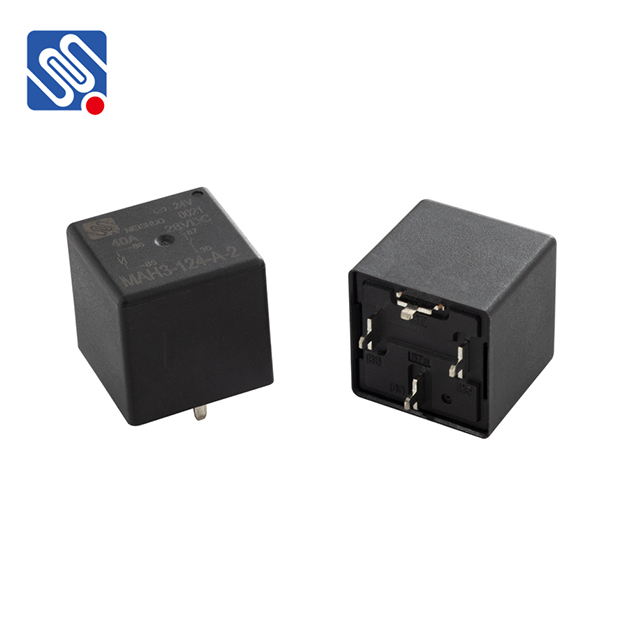relay assembly techniques: a comprehensive overview
Release time:2025-10-22 08:02:46
Relay assembly is an essential technique in the design and construction of electrical and electronic systems. A relay is an electrical switch that allows the control of a circuit by opening or closing its contacts in response to an electrical signal. As relay applications span across various industries—ranging from industrial automation to automotive systems—understanding and implementing effective relay assembly techniques becomes crucial to ensuring efficiency, reliability, and safety in these systems.

1. Soldering and Mounting
The most common method for assembling relays in a circuit is soldering the relay terminals onto a printed circuit board (PCB). This method requires precision, as the relay terminals must be carefully positioned to ensure solid electrical connections without short-circuiting other components. In general, the process involves placing the relay component on the PCB and applying heat to melt solder at the terminal connections. It is crucial to monitor the temperature closely during the soldering process to avoid damaging sensitive components.
Through-hole and surface-mount technologies are commonly used when soldering relays to a PCB. Through-hole technology involves inserting the relay leads into holes in the PCB, while surface-mount technology allows the relay to be soldered directly onto the board’s surface. The choice of method depends on the specific requirements of the circuit and the physical constraints of the assembly.

